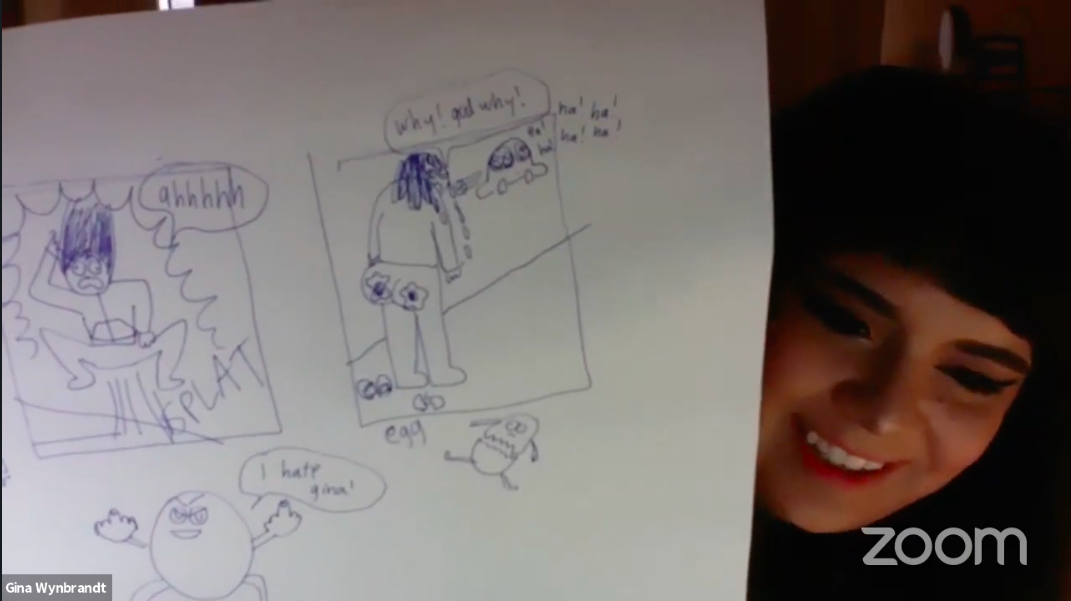
Transform an embarrassing story into an engaging comic with Gina Wynbrandt. You can pick up a copy of Gina’s book Someone Please Have Sex With Me from our friends at Bookshop, where proceeds will help benefit The Believer and independent bookstores.
You have reached your article limit
Sign up for a digital subscription and continue reading all new issues, plus our entire archives, for just $1.50/month.
Already a subscriber? Sign in




